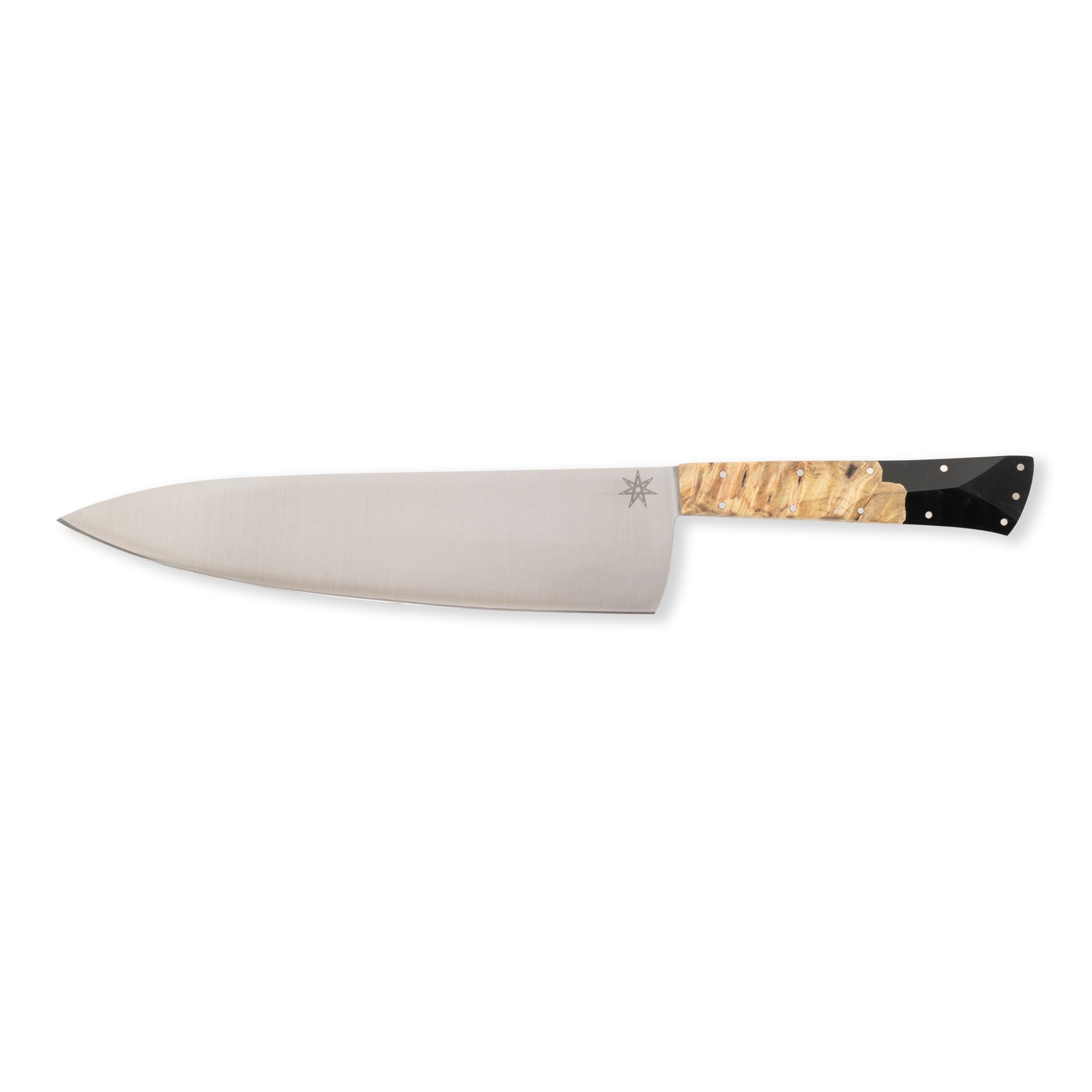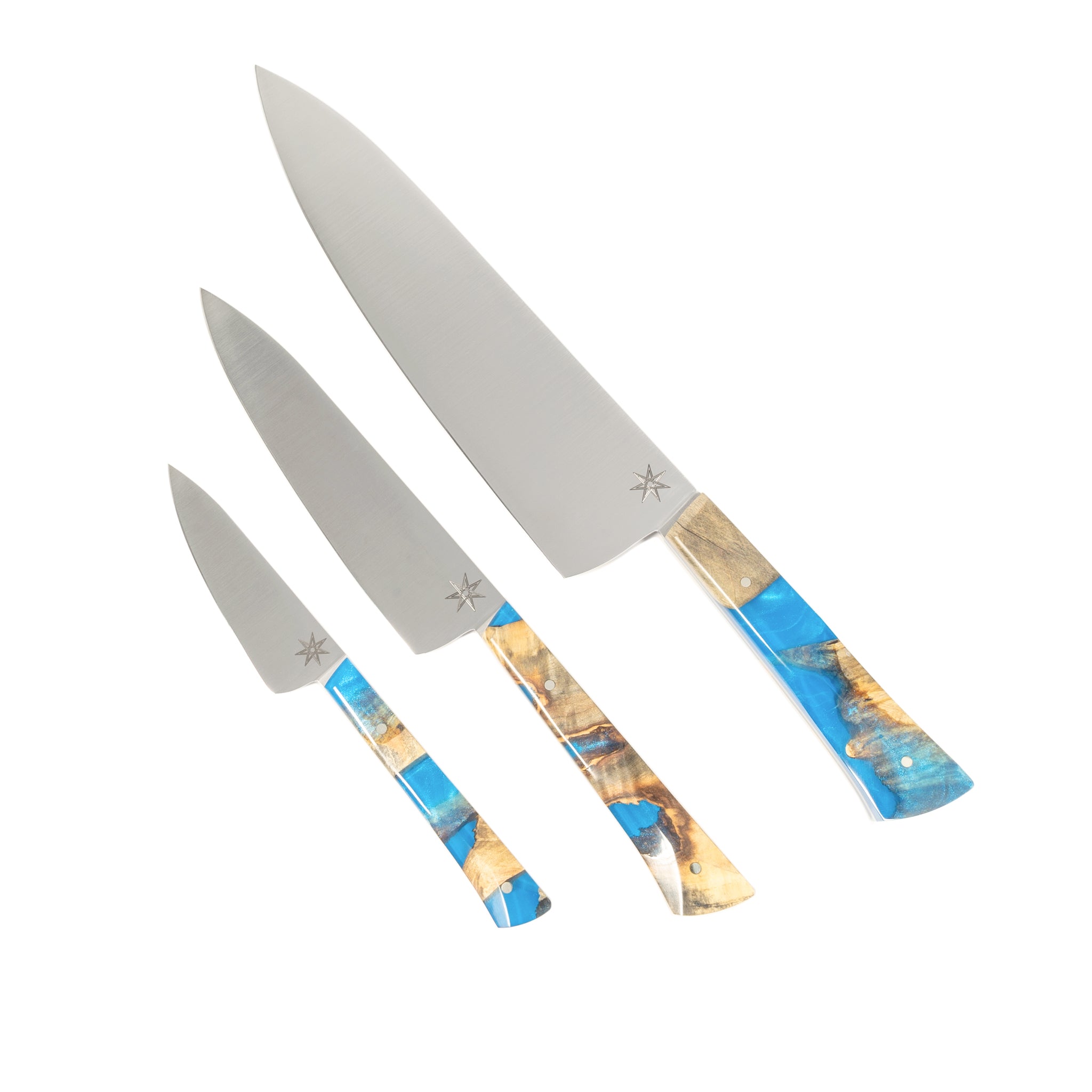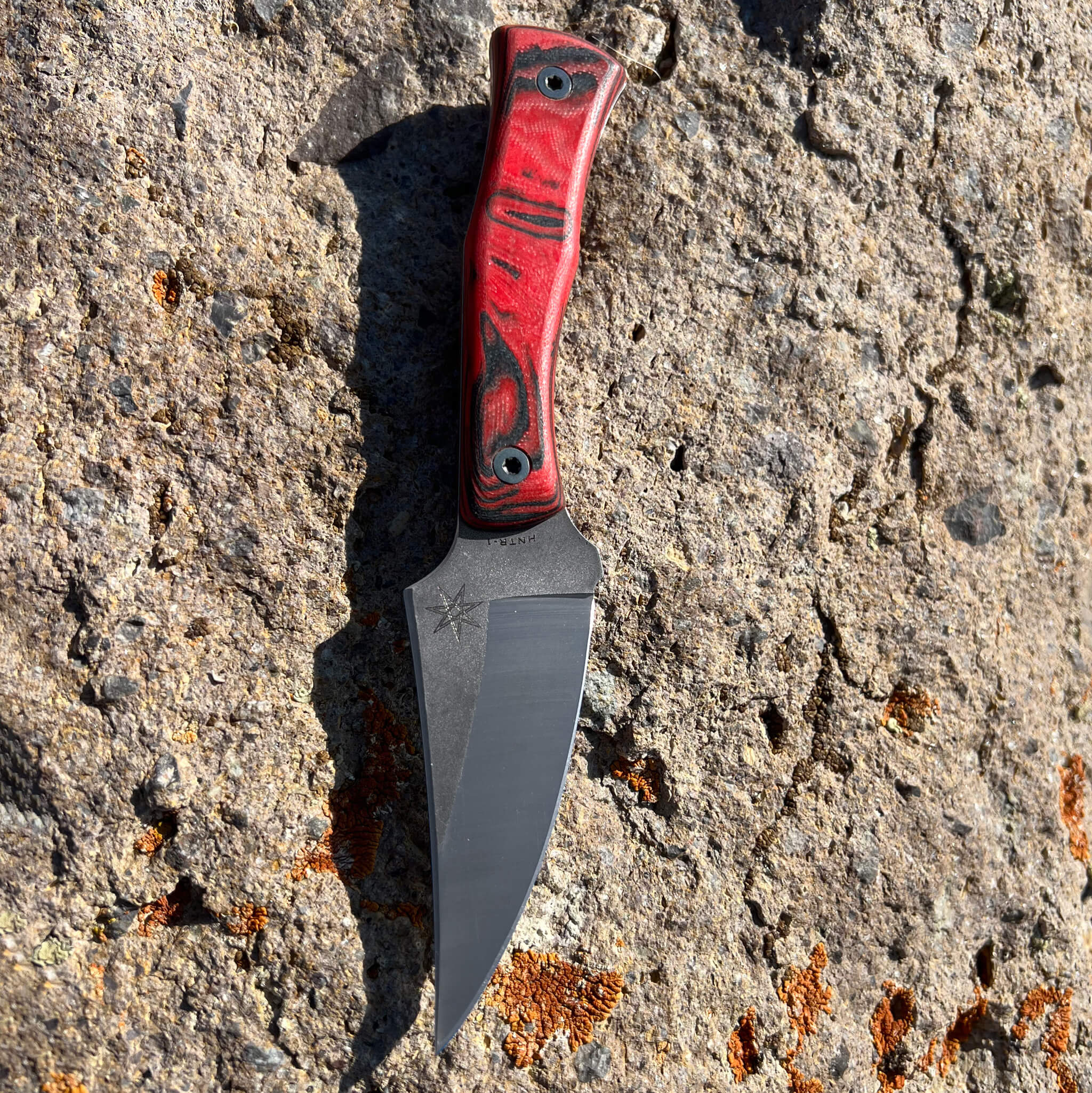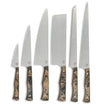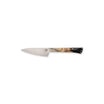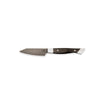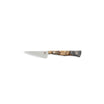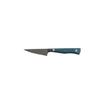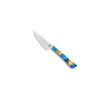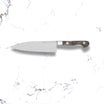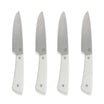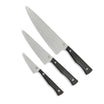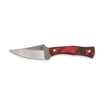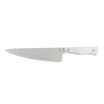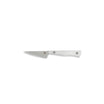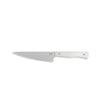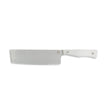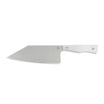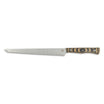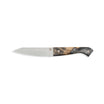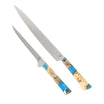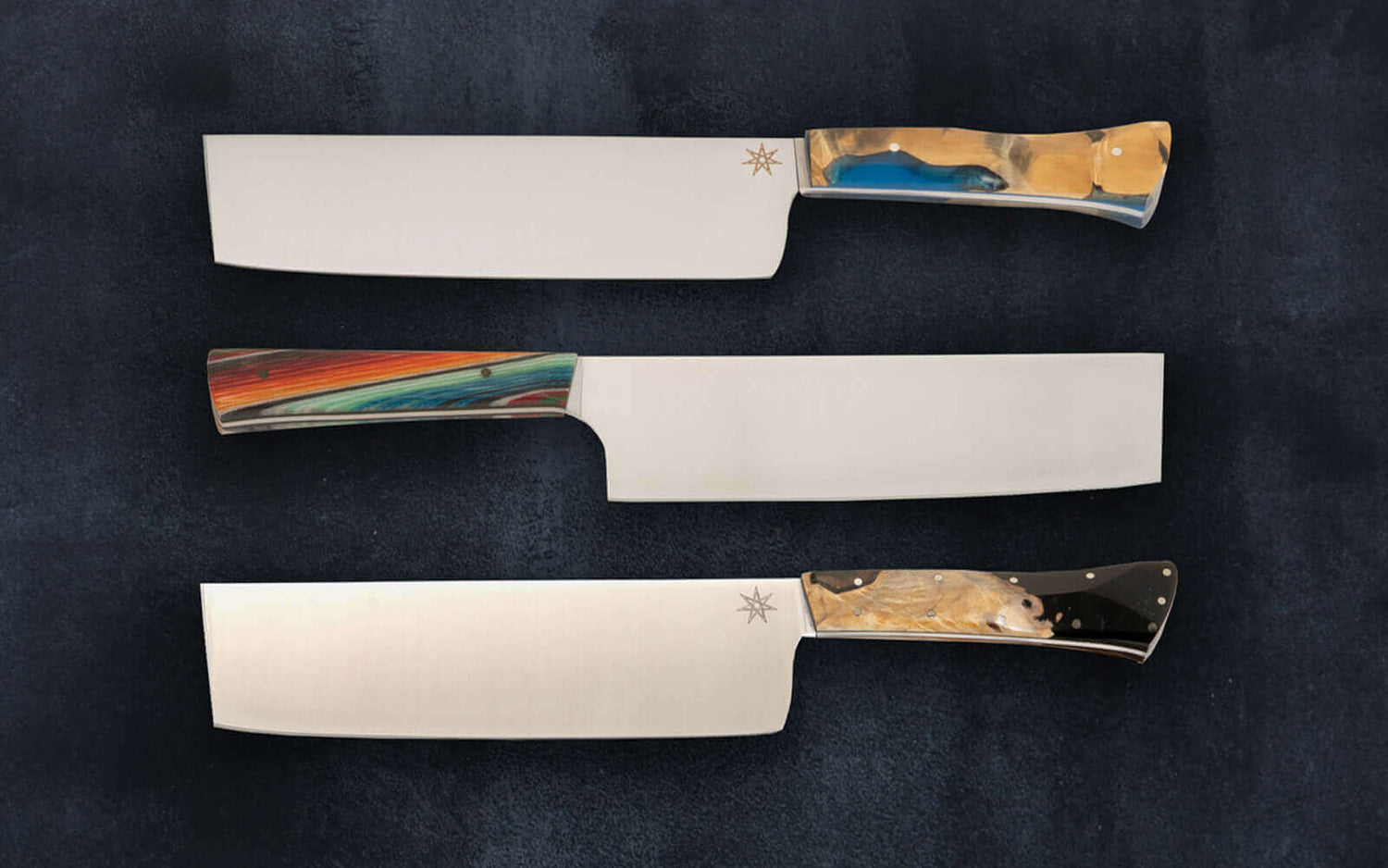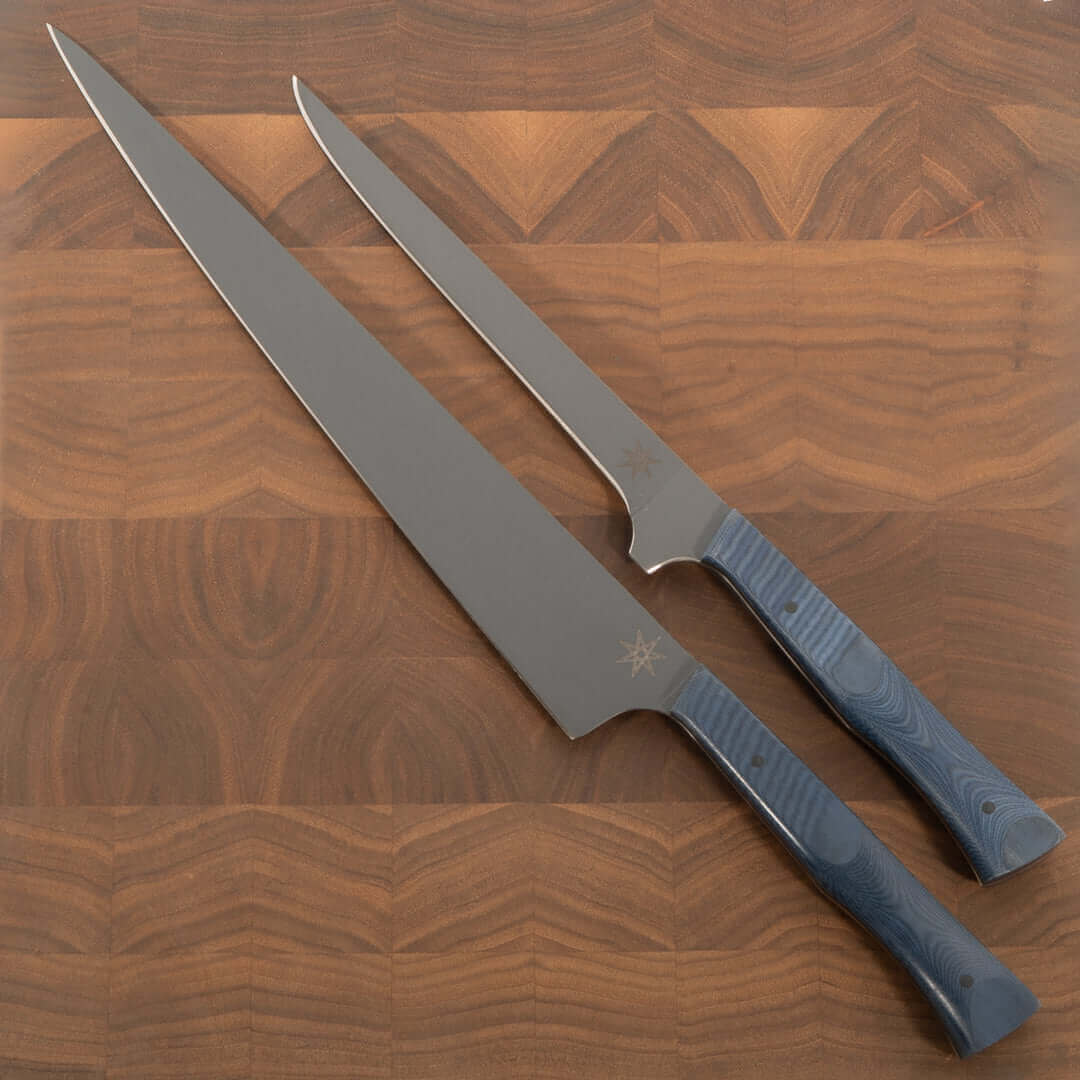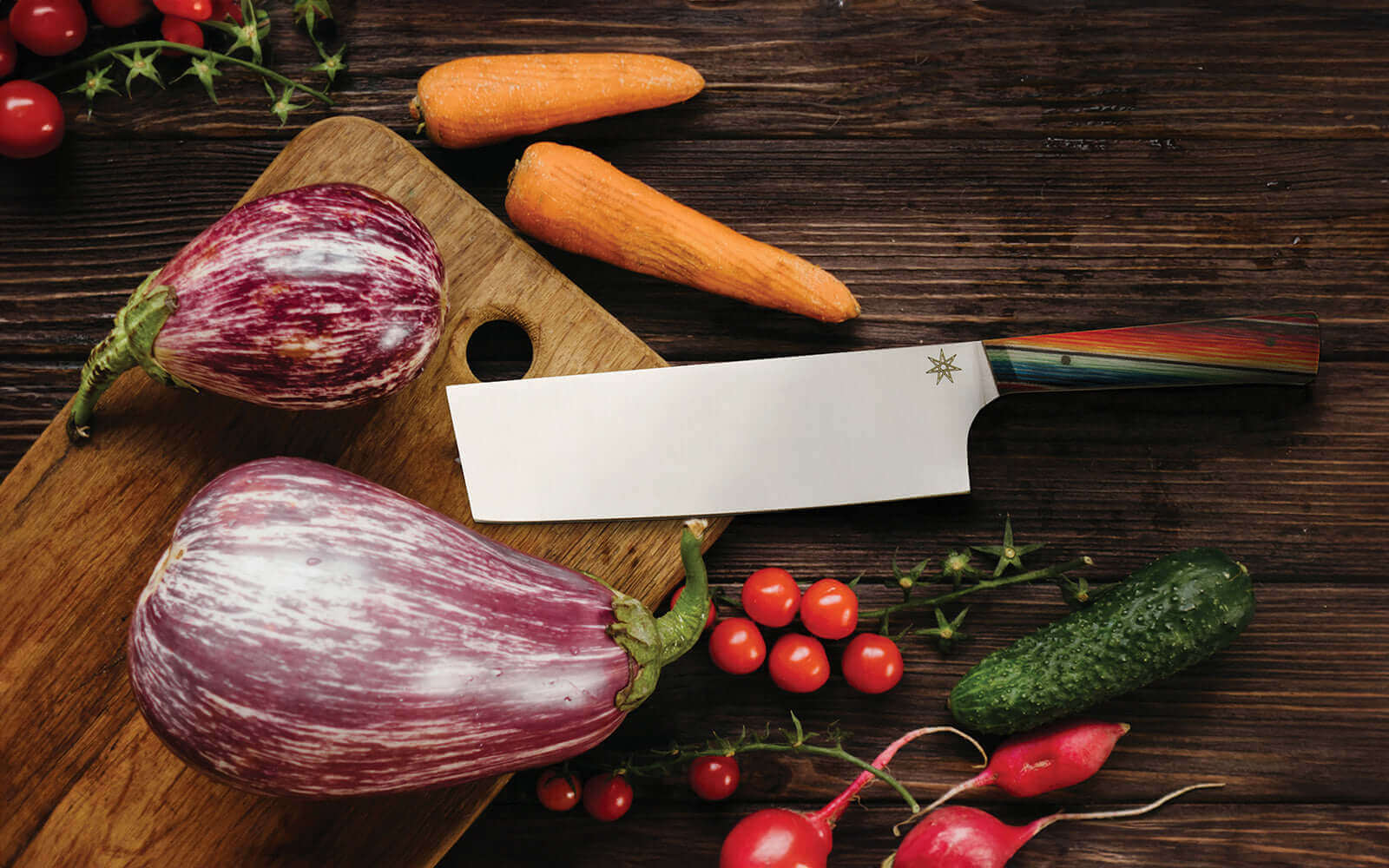In the world of culinary artistry and a time where the novice home cook is just as cherished as the Michelin star chefs, the selection of tools can make all the difference between a good cooking experience and an exceptional one. Among the vast array of knives available, the nakiri knife stands out as a versatile and indispensable tool for both professional chefs and home cooks alike. With its unique design and unparalleled functionality, the nakiri knife offers benefits that elevate a chef's culinary prowess to new heights. Follow along with us as we delve into the reasons why every chef should consider adding a nakiri knife to their collection.
What is a Nakiri knife?
The nakiri knife, hailing from Japan, boasts a rich culinary heritage deeply rooted in tradition and craftsmanship. Originating from the Edo period (1603-1868), this knife was purposefully designed for the art of vegetable preparation. Its name, "nakiri," translates to "leaf cutter" or "vegetable cutter," representing its primary function.
The nakiri knife is characterized by its rectangular, thin, and double-beveled blade, which lends to precise cuts, such as chopping, slicing, and dicing vegetables. Its flat profile and sharp edge minimize the surface area of vegetables that it comes into contact with, resulting in minimal oxidation and preserving the vibrancy of flavors and colors.
-
Precision in Vegetable Preparation
Vegetables are versatile ingredients that elevate every meal, especially when delicately crafted into intricate shapes and designs. From delicate brunoise cuts to bold julienne slices, precise vegetable preparation is essential for visual appeal and even cooking. The nakiri knife, with its straight and thin blade, excels at these tasks. Its flat profile allows for clean, straight cuts, making it ideal for achieving consistent thickness and uniformity in vegetable slices. This precision ensures that vegetables cook evenly, resulting in dishes that are not only visually pleasing but also delightfully flavorful.
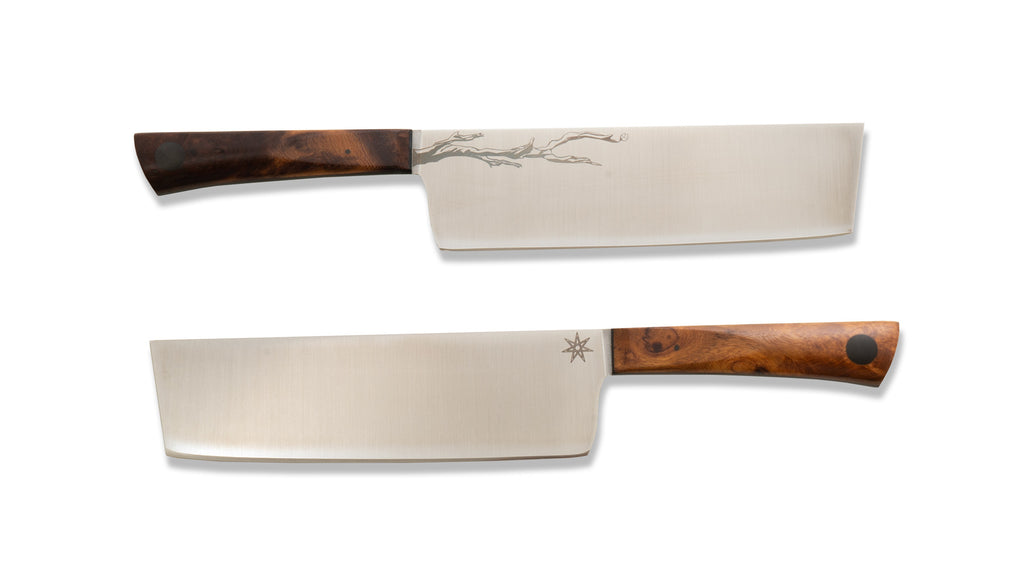
-
Efficiency in Chopping, Slicing, and Other Cutting Techniques
Time is a precious commodity in the kitchen, and the nakiri knife can significantly enhance a chef's efficiency. The wide blade of the nakiri provides ample surface area for chopping and slicing, allowing chefs to tackle larger quantities of vegetables in a single motion. Whether it's preparing a mountain of stir-fry ingredients or dicing vegetables for a hearty soup, the nakiri's efficiency translates into saved time and streamlined preparation processes.
Push and pull cutting are two distinct techniques used in culinary knife skills to achieve precise and controlled cuts. These techniques are commonly employed when using various types of knives, including chef's knives, santoku knives, and nakiri knives.
Push cutting involves exerting force in a forward direction, away from your body, to make a cut. In this technique, the blade moves primarily in a pushing motion while maintaining contact with the cutting board or the food being sliced. Push cutting is often used for tasks like slicing bread, portioning soft fruits and vegetables, and cutting through larger cuts of meat. Pull cutting, on the other hand, involves drawing the knife blade towards you, in a pulling motion, to make the cut. The cutting action occurs as the knife is pulled across the food. Pull cutting is especially useful for precision tasks, such as julienning vegetables, creating fine strips, or making delicate cuts. The technique allows for greater control and finesse when working with smaller or more intricate ingredients.
-
Minimized Wrist Fatigue
Long hours in the kitchen can take a toll on a chef's wrists and hands. The design of the nakiri knife, with its square-tip and straight-edge blade, minimizes the need for excessive rocking or twisting motions while cutting. This ergonomic advantage reduces wrist fatigue, allowing chefs to work comfortably for extended periods. This is especially true when construction includes a full tang, offering optimal balance and durability. As a result, the nakiri knife proves to be not only a tool of precision but also a companion for enduring culinary sessions.
-
Versatility in Ingredients
While its name suggests a focus on vegetables ("nakiri" translates to "leaf cutter" in Japanese), the nakiri knife's versatility extends beyond produce. Its precision and thin blade are equally effective for slicing boneless meats, making it an adaptable tool for a variety of culinary tasks. Chefs can effortlessly transition from slicing delicate herbs to finely trimming meat, eliminating the need to switch between different knives and thus streamlining the cooking process.
As always, be careful when using the same utensil for preparation of various ingredients. Any utensil that works with raw meat should not be reused until cleaned thoroughly to decrease the risk of contamination.
-
Respect for Ingredient Integrity
Preserving the integrity of ingredients is a core principle in cooking, and the nakiri knife aligns perfectly with this philosophy. Its sharp edge and clean cutting action minimize cell damage in vegetables, reducing oxidation and preserving their natural flavors and colors. When working with delicate ingredients such as herbs or fragile vegetables, the nakiri's precision ensures minimal bruising, resulting in dishes that retain the freshness and vibrancy of their components. The nakiri knife streamlines kitchen operations by reducing cooking time without compromising the quality of ingredients.
-
Unique Design for Enhanced Control
The nakiri knife's unique design sets it apart from other knives in terms of control and maneuverability. Its broad, rectangular blade and straight edge enable precise cutting motions, allowing chefs to guide the knife exactly where it's needed. The flat blade also provides a stable surface for guiding the knife with the knuckles, enhancing safety and control during rapid chopping motions. This control is particularly advantageous when working with intricate cuts or when executing techniques that demand the utmost precision.

-
Aesthetically Pleasing Presentation
In the world of gastronomy, or the practice of choosing, cooking, and eating good food, presentation is paramount. The nakiri knife's clean cuts and precise slices contribute to the impeccable presentation of dishes. Whether it's elegantly sliced radishes for a salad or precisely julienned vegetables for a garnish, the nakiri knife enables chefs to create visually appealing plates that demonstrate their attention to detail and culinary finesse.
A chef's skill is shaped not only by their creativity and technique but also by the tools they employ. The nakiri knife, with its precision, efficiency, and versatility, is a tool that has the potential to transform a chef's culinary experience. From flawless vegetable preparation to streamlined cooking processes and enhanced control, the nakiri knife offers an array of benefits that can elevate a chef's artistry to remarkable levels. For chefs seeking to master their craft and deliver culinary excellence, the addition of a nakiri knife to their arsenal is an investment that promises both practicality and innovation.

